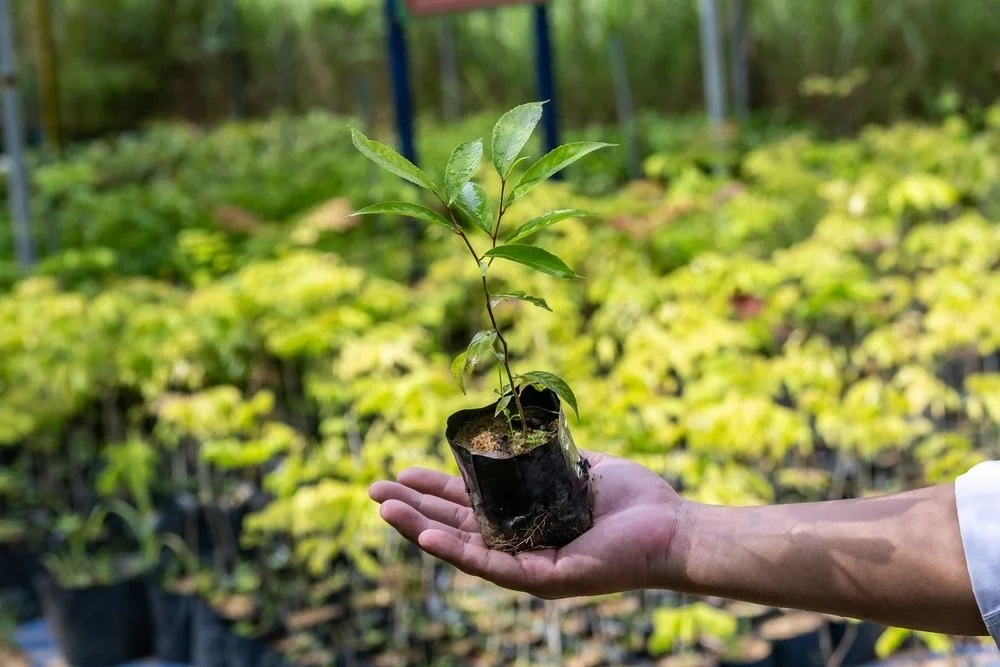
The momentum for JREDD+ is growing. (Photo: World Bank)
The acquisition methods for carbon credits are complex and varied. Among them, the carbon credits obtained through Reducing Emission from Deforestation and Degradation (REDD+) garnered significant attention due to allegations of ineffective emission reductions in some projects. Now, a newer category, "Jurisdictional REDD+" (JREDD+), has emerged, potentially increasing market demand by six times and prices by up to fourfold compared to traditional REDD+.
According to S&P Global, REDD+ encompasses all actions aimed at protecting forests from destruction. JREDD+, as a subset, extends the scope from smaller, privately-led projects to larger local government or administrative jurisdictions, such as the Amazon in Brazil or California in the United States.
JREDD+ relies on more precise data, making it easier to understand the natural development of forests without additional protective activities. Market participants can use this data as a baseline to calculate the environmental benefits of emission reduction projects and the corresponding carbon credits. This approach not only prevents carbon leakage but also promotes intergovernmental cooperation to reduce natural disasters like wildfires and pest infestations.
In 2021, the World Bank, through the Forest Carbon Partnership Facility (FCPF), made its first payments to Mozambique in East Africa, totaling $6.4 million for $1.28 million tons of carbon credits, marking the first application of the JREDD+ methodology.
Currently, three tropical rainforest countries—Guyana in South America, Costa Rica in Central America, and Ghana in Africa—have signed JREDD+ cooperation agreements with the Voluntary Carbon Market (VCM). Guyana's issued carbon credits are valued at $150 million.
.jpg)
(Image: Unsplash)
The Environmental Defense Fund (EDF), based on its data and that of MSCI Carbon Markets, predicts that JREDD+ projects issued through the voluntary reduction mechanism ART will generate 300 million carbon credits by the end of 2030, six times more than current REDD+ levels.
EDF's latest research also forecasts that JREDD+ carbon prices will rise from the current $6-12 per ton to $27 by 2028, representing a more than fourfold increase. The report indicates that while REDD+ carbon prices have plummeted by 70% in the past year, the trading price of high-quality REDD+ carbon credits is double the average, highlighting the market's increasing emphasis on quality. According to Boston Consulting Group (BCG), buyers are willing to pay 20%-40% more for JREDD+ carbon credits compared to standard REDD+ credits.
However, the report's authors caution that current market liquidity is insufficient, and price disparities are significant, making accurate carbon price predictions challenging. Upcoming decisions by the Integrity Council for the Voluntary Carbon Market (ICVCM) on whether to classify JREDD+ as high-integrity carbon credits and new regulations for corporate carbon credit use from the Science-Based Targets initiative (SBTi) could significantly impact JREDD+ carbon prices.
Source: EDF, S&P Global



